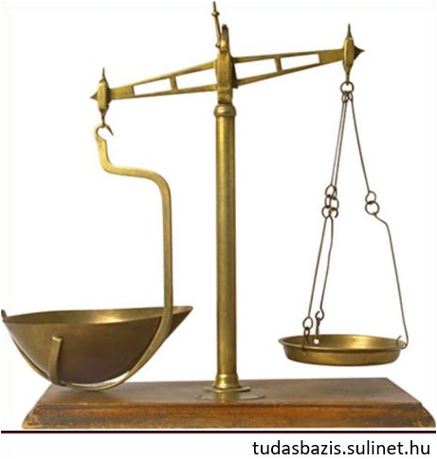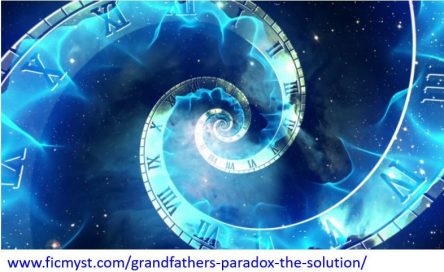
The word feasibility in this context expresses achievability, possibility, and reasonableness simultaneously. In this post, I address the above astronomical counterarguments that only seemingly rule out the possibility of inserting 200-300 years into the AD era.
We show why the exclusion of insertion does not work.
Of course, the insertion of 220 years seems unacceptable based on the astronomical counterarguments given above, as the insertion of 200, 247 and 297 years did.
For 220 is not divisible by 28 (solar cycle) or 19 (Metonic cycle), but it is divisible by at least 4 (the leap year cycle in the Julian calendar).
At first glance, 224 years would be more appropriate because 224 is a multiple of the solar cycle, 8*28=224.
The closest number of insertable years that would correspond to the Metonic cycle and could be inserted would be 11*19=209 years or 12*19=228 years.
By analysing the Jewish calendar and the Metonic cycle, I show that precisely 220 years is the period whose insertion in the AD time reckoning is “hard-to-detect” for astronomical and calendrical reasons.
As a further issue, according to astronomers, Hipparchus determined the positions of many fixed stars in his star catalogue with reasonable accuracy.
During the years Hipparchus lived, these fixed stars could be seen in the sky in good approximation to the position he indicated.
Therefore, we must assume that Hipparchus lived between 190 BC and 120 BC, as we know it today.
Therefore, we could assume that only the years of the Roman era are shifted back in time, while the AD years of Hipparchus’ lifetime can still be considered correct.
It is almost a paradox! Therefore, temporarily – despite the 220 years resulting in the HEUREKA post – it still seemed impossible to me, that 220 years of history could have been inserted.
The “legend of the Star of Bethlehem” helped me overcome this mental deadlock.
Kepler guessed that this legend is linked to a conjunction of Jupiter and Saturn.
In antique astronomy and stargazing, the celestial movements of the planets Jupiter and Saturn and the conjunction of these planets were of fundamental importance. The Jupiter-Saturn conjunction was called the “grand conjunction” in astronomy and the “great chronocrator” (meaning the Time-Lord marking the start of a new cycle of world affairs) in astrology.
The cycle time of the Jupiter-Saturn conjunction is almost exactly 20 years. (19.86 years) This seemed to confirm my suspicions, the possibility of 220 years being inserted since it is obvious to me that an error in the AD time calculation can only be an integer multiple of 20 years, and 11*20 = 220.
In my opinion, this fact would have been considered in any case when falsifying the time reckoning or subsequently sanctifying an error! Without taking this period into account, it would have been too easy to detect the mistake afterwards.
So, considering the 20-year cycle of the Jupiter-Saturn conjunction was inevitable.
Inevitably. Regardless of whether the legend of the Star of Bethlehem is really related to J-S conjunction or whether it is merely Kepler’s conjecture! Even more so because Kepler only suspected that the Jupiter-Saturn conjunction had generated some bright celestial phenomenon, such as a comet, in the year of Jesus’ birth.
However, the 20-year cycle of the J-S conjunction is also an “additional boundary condition” that may make it impossible to insert 220 years.
This means that the number of insertable years must not only be divisible by 19 but also by 20.
I would say that it was at this point that I became excited by the task of astronomically verifying my earlier historical conjecture.
The next step is to examine whether the insertion of 220 fictitious years into history was astronomically possible at all. That is, whether the insertion could remain astronomically "difficult to recognise".
